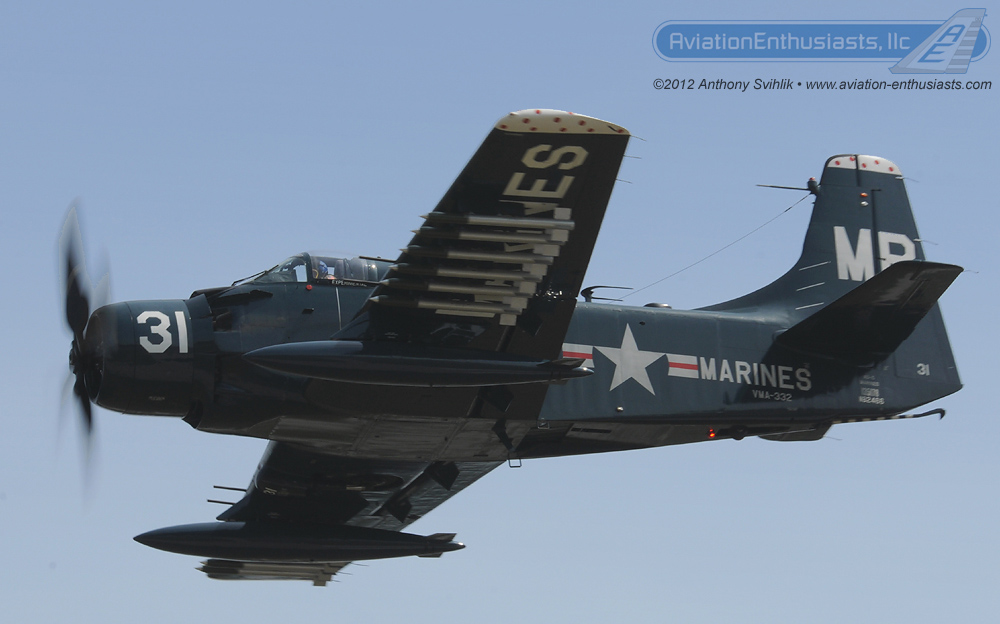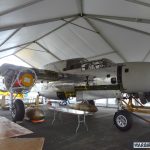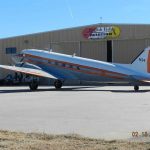Sixty-nine years ago today, the Douglas A-1 Skyraider took flight for the first time. Designed by the legendary Ed Heinemann, the Skyraider was able to deliver an incredible array of ordnance and was an incredibly strong and versatile platform. Initially known as the AD-1, Skyraiders were re-designated as “A” series aircraft when the Navy, Marine Corps and Air Force aircraft designation systems merged in 1962. The Skyraider deservedly acquired the name “Able Dog” as the mainstay of the Navy’s carrier-borne attack force in Korea. In a raid in May 1951, Skyraiders from the USS Princeton made the only aerial torpedo attack of the war, striking the Hwacheon Dam. Much of the Skyraider’s success was due to the Wright R-3350 twin-row radial engine and the massive strength that was also built into the wing. Several Skyraiders returned home after taking hits from shells of up to 37 millimeter in size. The A-1 began its Vietnam service exactly as it had been designed, carrying out strikes from Navy carriers. On June 20, 1965, the Skyraider became a MiG-killer when Lieutenants Clinton Johnson and Charles Hartman of Attack Squadron TWENTY FIVE (VA-25) from the USS Midway (CVA-41) downed a MiG-17 using their A-1H’s 20 millimeter cannons! The Air Force used the Skyraider for pilot rescue escort missions. Known by the call sign “Sandy,” pilots would locate and protect downed aircrews while directing rescue helicopters to make a pickup. The rescue mission in Vietnam was tailor-made for a heavy, sturdy combat aircraft that carried enough fuel to loiter for extended periods and enough weapons to keep the enemy at bay. Douglas built 3,180 Skyraiders that totaled seven major models and 28 different variations. These included day and night attack bombers as well as versions for photo reconnaissance, electronic and radar countermeasures, airborne early warning, troop carrier, air tanker and anti-submarine warfare missions! Pilots called the A-1 the “Spad,” since its chunky appearance was reminiscent of the robust French biplane flown during World War I.
Visit the full website at www.aviation-enthusiasts.com for more aviation and air show memories!























